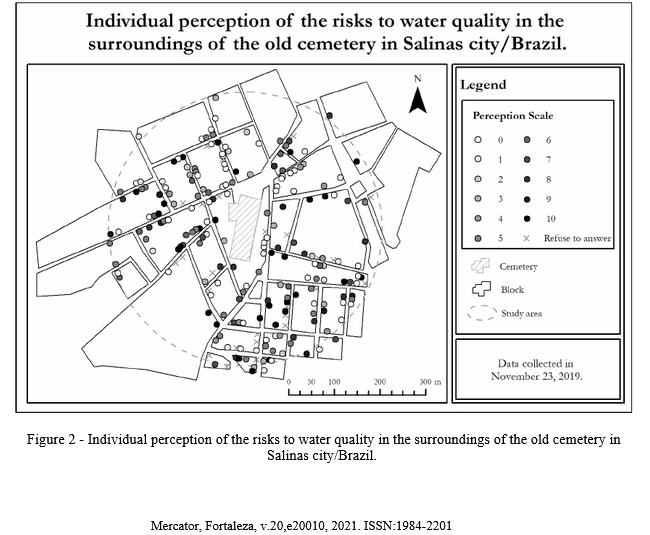Cultural landscape identity does not always reflect all the values, emotions and individuals part of a place. Its formulation depends principally on the agency forming and communicating its values, methodology and typology of heritage. A recent paper from Brazil proposes an alternative approach to mapping intangible values associated with a place, transforming a landscape’s story while reflecting the diversity of its meanings and people.
To better understand a cultural landscapes identity, we have to break down the contributing factors.
Who forms the identity of place?
The elements part of the description of a cultural landscape depend on whether the community or a state initiative is responsible for its management. Moreover, the associations and uses differ on their perspective.
What type of heritage is it?
Cultural sites and landscapes do not always carry all the related intangible values in their stated identity. Specifically, in heritage sites with international significance, the views and identities of local communities are often left out. Moreover, this is often the case with dark heritage sites, by marginalising memories and associations with death and suffering.
Are all views represented? Are residents and visitors represented?
Addressing this requires knowledge of the above two points, pre-covid-19, however, many cultural sites prioritised the needs of tourism over the locals.
Living within a cultural heritage landscape contributes immensely to an individuals well-being and identity. The paper proposes a methodology where the identification of places and landscapes incorporates social, psychological, emotional and other intangible associations.
Paper: Mapping intangible phenomena
The researchers conducted interviews with residents around a 300-meter radius of the Salinas cemetery in Brazil. The interviews conducted with questionnaires and responses marked from 1 to 10. The innovation of this methodology lies within the use and interpretation of data. The answers for each question are visually listed on a map of the area as seen below:

Generating 6 maps for each question, that inform the overall beliefs around the cemetery.
The study’s focus was not to address the social, anthropological and cultural reasoning of the inhabitants but rather to assess how the method in practice can create a holistic identity of the cultural landscape. The resulting maps represent equally the residents’ views. This method proves more impactful, in contrast with regular surveys where responses are gathered to create the theme of the cultural site based on the statistically unified results.
Our take
Presenting all views and identities around a cultural place benefits its story and the well-being of locals. This paper proves that diversity can easily be part of the overall theme of a cultural landscape. Moreover, thanks to technology creating virtual maps and enriching them with the stories, emotions and identities of locals and tourists are accessible to all. Culture and heritage are created and appreciated for a multitude of personal and intangible aspects, that we cannot and should not narrow down in one concept. Cartographically representing them can help us better understand, acknowledge diversity and deeply connect with culture.
I want to learn more:
Mapping intangible phenomena by Leonardo Luiz Silveira da Silva, Alfredo Costa, Geraldo Magela Matos
This article uses a lot of concepts and practices from past post, if you want to learn more check out these:
Place or Space: The site and the great outdoors
Dark heritage, a reintroduction
Participatory mapping in heritage
Imagined and Participatory Communities

